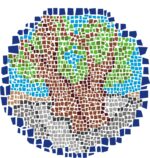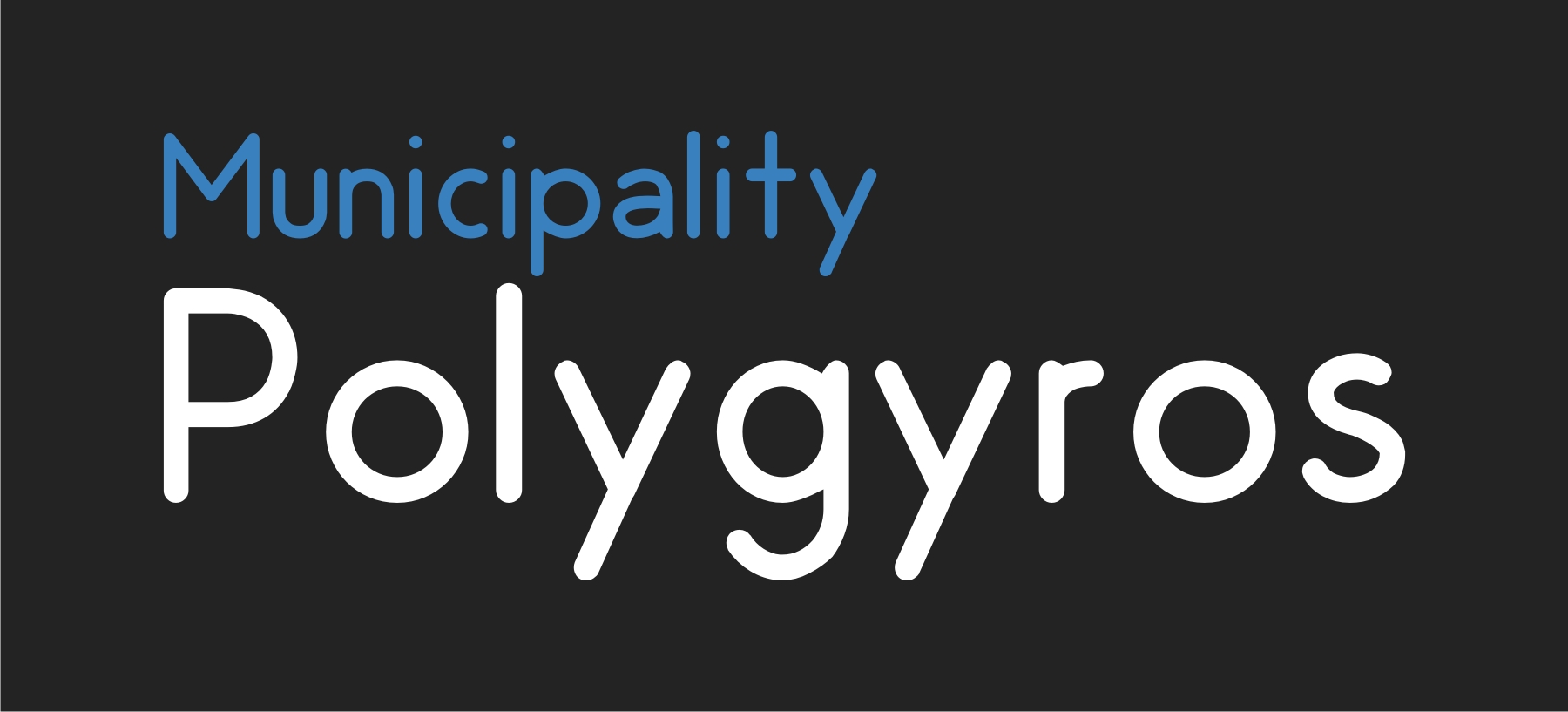
The Municipal Unit of Zervohoria consists of the Municipal Department of Paleochora, the Municipal Department of Geroplatanos, the Municipal Department of Krimni, the Municipal Department of Marathousa (Platanohori) and the Municipal Department of Riza.
Paleochora
Paleochora is located north-east in the Prefecture of Chalkidiki on the main road axis of Thessaloniki - Mount Athos and almost 35,42 miles away from Thessaloniki and 11,18 miles away from Polygyros. Houses are built closely to one another with small yards and narrow alleys.
Worthseeing in Paleochora:
The Chapel of Saint Ilias at an idyllic place. On the 20th of July every year the renowned festival of Prophet Ilias takes place
The Church of Saint Georgios at the centre of the village.
The house of the folk artist and teacher Dimitrios Tsiotras with an exclusive Folk Art Exhibition.
The watermill of Delis Dimitrios
The visitor could in addition visit the Centre of Environmental Awareness.
Geroplatanos
Geroplatanos owes its name to the plane tree that adorns the village square. Distinguished for its natural beauty but also for the awe of admiration it causes to the visitor with its imposingness, is the century-old sycamore, recognized as a monument of nature. The history of Geroplatanos begins in 1795 when seven families came and built houses from the area of Liaskova, 6 kilometers north of the village. Until 1928, the village was called "Tuplikia" which means hot water, which comes from the roots of the plane tree. From 1928 onwards it was called Geroplatanos.
To the west of the village is the chapel of Panagia, in a landscape overgrown with trees. Every year on August 14-15, the festival of the Assumption of the Virgin takes place there. A crowd of people watch the performance of the mega vespers - divine service. This is followed by the offer of traditional "qurbani" food, dance groups and live music.
Krimni
The village of Krimni in the location it is today was built after an earthquake in 1960, in the years 1961-1962. The name of the village is Krimni from Krimnos and Gremnia or Gremiani or Gremnian from the word cliff, because indeed the old village of Krimni was built on the cliff. In the old village of Krimni, among the ruins, there is the renovated Holy Church of Agios Nikolaos, a basilica built in 1860. On the north side of the new village of Krimni and at a distance of about 2.5 km towards the stream of the "Tranos lakkou" there is the newly built chapel of Agia Paraskevi, with the consecration of the Agia in place of the old one, a truly enchanting site of plane trees, holly and walnut trees. Every year on July 26 there is a three-day celebration (festival) in honor of the Saint.
Marathousa
Marathousa is located in the NW part of the Municipality of Polygyros. The main occupations are agriculture and animal husbandry. The main church is that of Agios Georgios, which is three-aisled and was built in 1954. 2-3 km north of Marathousa is Platana, with the monument to the National Resistance of 1944. The village was one of the blacksmith villages during the Turkish occupation. Platanochori, at an altitude of 200m, is a settlement of Marathousa.
Riza
The Rizas are located on the Thessaloniki - Mount Athos road. The village probably got its name because it is at the roots of Holomont.
The history of the village is said to start from ancient times. The name of the village has Slavic roots and means a place with many fountains.
The village of Rizo, in addition to its centuries-old historical tradition, has great figures in the military as well as in the political field, who influenced not only the life of the place but also of the whole of Greece.



